Table of Contents
This year, 20.1% of retail purchases globally will be conducted online. The global e-commerce market is projected to top $7 trillion in 2025, experiencing growth from $5.8 trillion in 2023.
Other studies report that retail e-commerce sales in the United States for the first quarter of 2024, adjusted for seasonal variations, were estimated at $289.2 billion. This marks an 8.6% increase from the first quarter of 2023.
If you’re not yet selling your products online (see online courses), you’re missing out on all the exposure and profit that knowledge monetization can bring. Worse, if you’re using the wrong tools, you might be spending too much time on operational tasks when you could automate them instead.
So in this article, I’m looking at seven Stan Store alternatives and some of the best online store platforms that will make selling products online easier and help you tap into new opportunities and marketing strategies.
Stan Store is an e-commerce platform tailored for digital content creators and entrepreneurs, providing a straightforward way to sell digital products and services directly through social media channels. Below is a detailed overview of Stan Store, addressing its key features, pros and cons, and reasons someone might seek alternatives.
Key features of Stan Store
Stan Store Pros
- The platform is easy to use and comes with an intuitive setup process and user interface that’s perfect for non-technical users.
- With its flat-fee pricing, you get predictable pricing without sales commissions.
- Its social media integration can help you maximize reach and customer conversion.
- Comprehensive marketing tools are built into the platform to support creators to engage and expand their audience.
Stan Store Cons
- The tool only comes with a basic set of features so you might find its features minimal compared to more robust e-commerce platforms.
- The platform isn’t designed for selling physical goods.
- Although there’s a trial, you’ll need to pull out your credit card to start as there’s no free plan.
- Due to limited payment options, you have no payment flexibility.
Stan Store Pricing
Stan Store has yearly and monthly subscription fees. The platform offers the following pricing plans:
*Pricing information retrieved from Stan Store in August 2024.
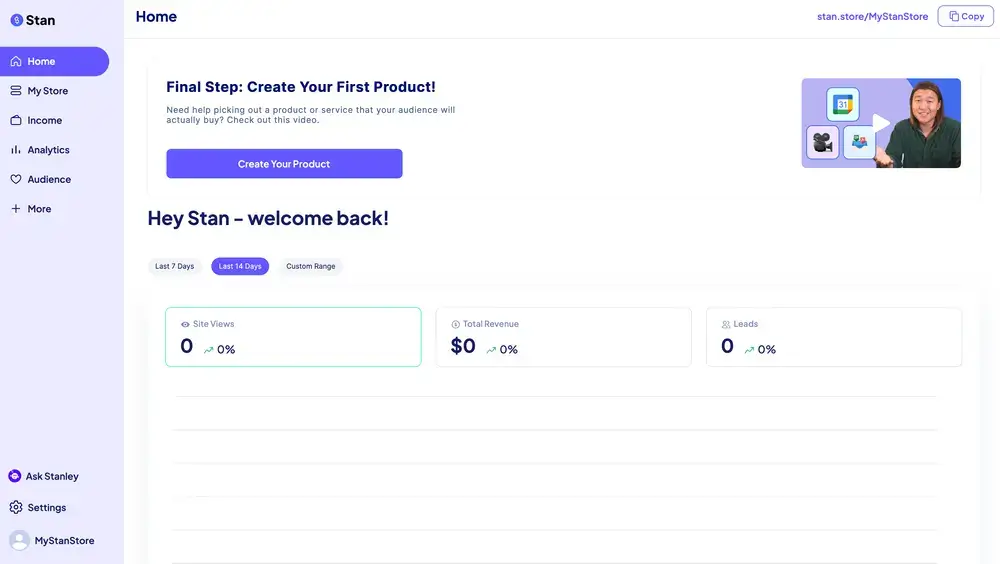
There are several reasons users might consider alternatives to Stan Store. When the primary goal is to sell physical products, Shopify or similar often provide better solutions tailored to that purpose.
Additionally, if you require a highly robust set of features, you’ll find Stan Store’s capabilities somewhat limited. Although Stan Store is well-suited for content creators focused on selling digital products through social media, those with more expansive e-commerce needs may find other platforms more fitting.
From a cost perspective, while Stan Store offers a flat pricing model, some alternatives may provide a broader range of features at a similar or even lower price.
In addition to ease of use and expected costs, it’s essential to compare the features, and customer support provided by online course platforms when selecting the right course creation tool for your needs and preferences.
Here are all the factors I recommend taking into account when choosing a Stan alternative:
All of these features are important, and should not be overlooked in your search of a powerful ecommerce solution.
Now it’s time to explore each Stan Store alternative in greater detail. The aim is to help you get a holistic overview for each and finally make a well-informed decision.
Go over the following list of platforms to check the key features, advantages and disadvantages and pricing information of each.
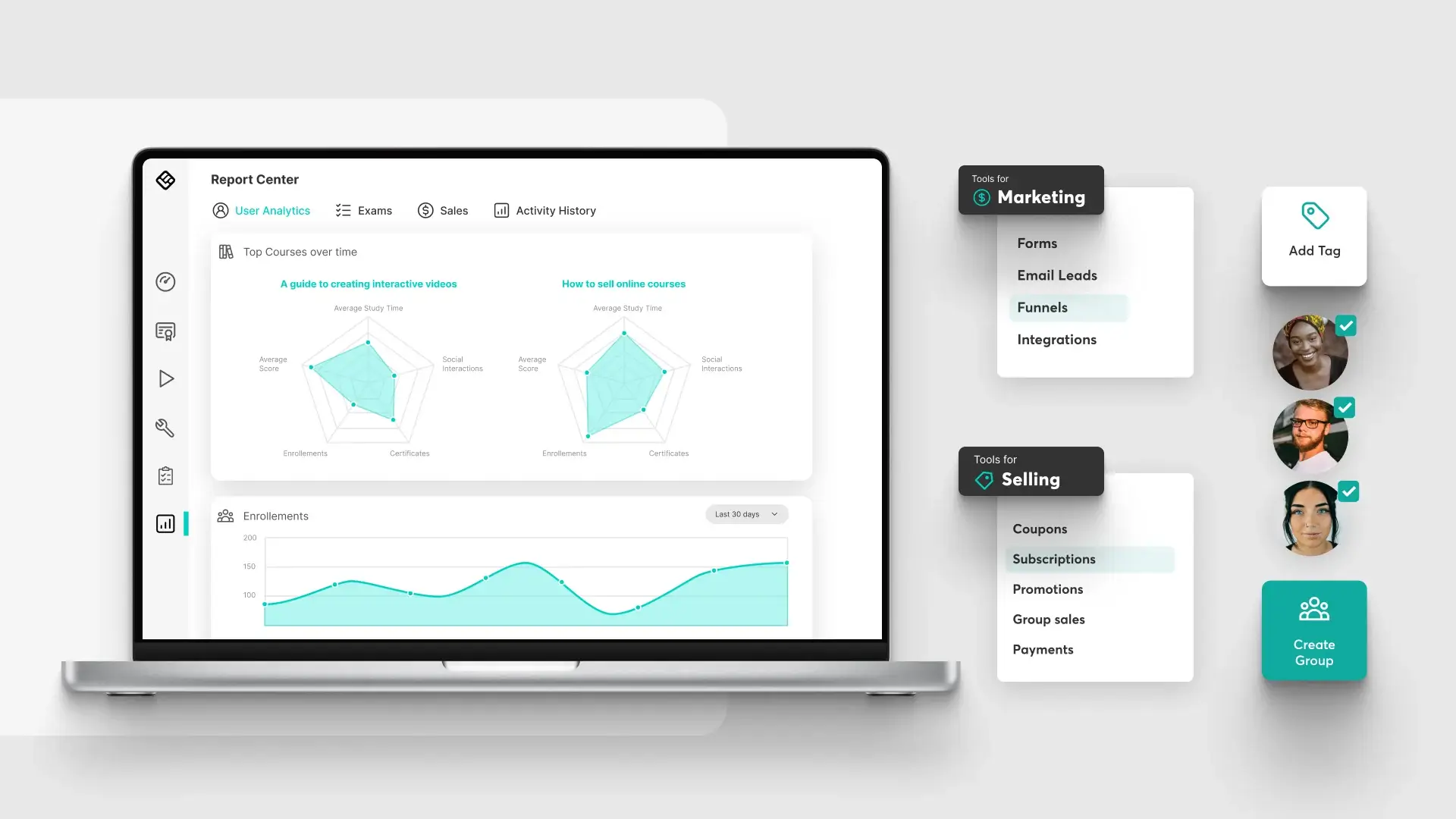
LearnWorlds empowers you to effectively sell your courses with its robust features. You can easily create and market your online academy, using its intuitive course builder and AI-driven tools to develop engaging eLearning content.
The platform offers seamless integration for setting up sales pages, managing subscriptions, membership sites offering exclusive content and processing payments. With its built-in marketing tools, including customizable landing pages and automated email campaigns, LearnWorlds helps you attract and retain students. Plus, I appreciate how the detailed analytics allow you to track performance and optimize your sales strategy for better results.
Pros
- Easy to use
- Built-in course authoring with advanced learning features
- Sales and marketing features like payment gateways (Stripe, Paypal, and more), email marketing, funnels, etc.
- White-label mobile app
- Supports SCORM and HTML5 files
- AI Assistant course creation
- Exceptional customer support
- Email marketing and affiliate marketing capabilities
Cons
- No free plan
- Doesn’t support TinCan and xAPI
- Limited gamification options
Pricing
LearnWorlds offers a 30-day free trial and its paid plans include:
*Pricing information retrieved from LearnWorlds in August 2024.
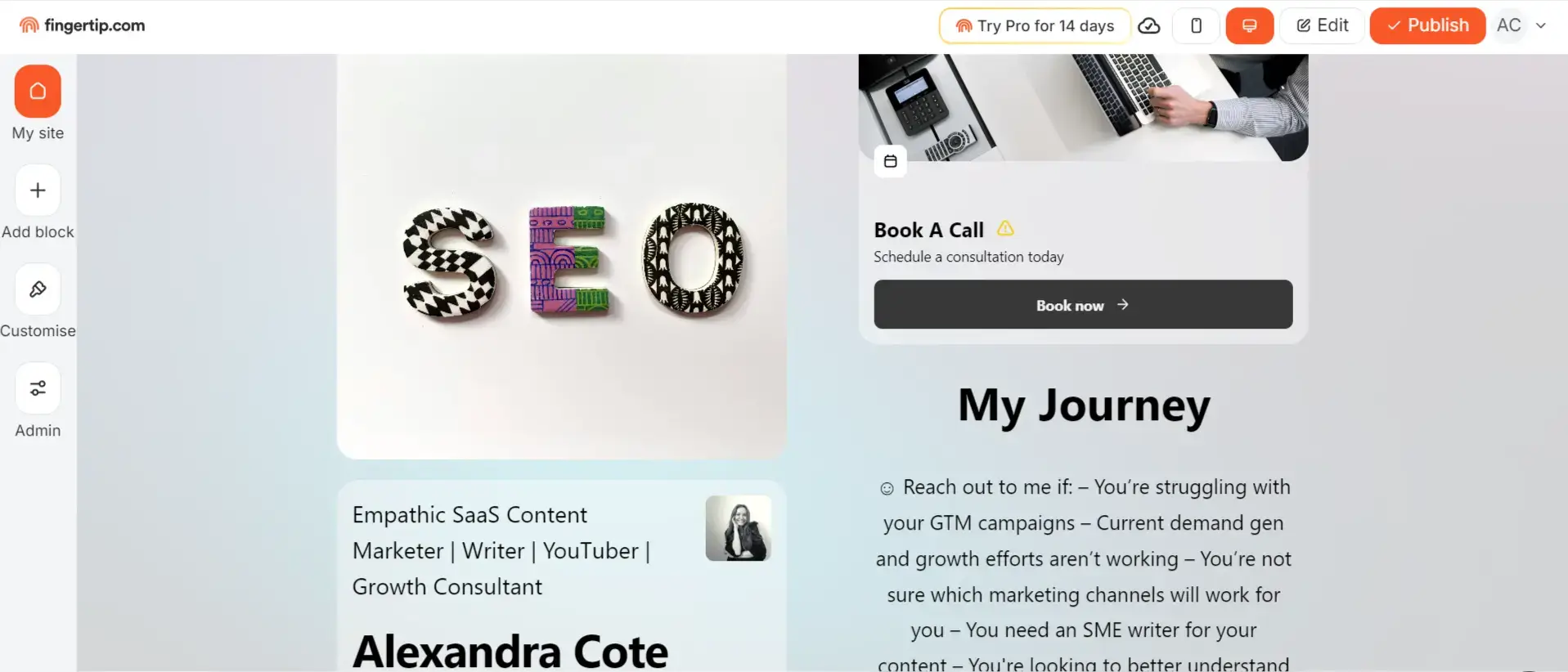
Fingertip brings together all your e-commerce needs into one streamlined platform, making it easy to manage your online store efficiently. It’s a great tool for simplifying online sales and an excellent choice for those seeking a straightforward solution. Fingertip allows you to handle inventory, process payments, and engage with customers—all from a single interface. However, it lacks the advanced product directory options found in some newer platforms, which might limit its appeal for users looking for extensive customization.
Pros
- It has a free plan.
- It offers a variety of templates and design options for flexibility in page creation.
- It combines multiple web tools like design, hosting, and analytics in one platform.
- It comes with advanced AI capabilities that help you speed up creating pages.
Cons
- Thanks to advanced AI capabilities, it might be expensive compared to other page builders.
- Some users might find customization options limiting compared to fully customizable platforms.
Pricing
The platform has a free plan with limited features. You also have a 14-day free trial on the Pro plan. Other plans include:
*Pricing information retrieved from Fingertip in August 2024.

Linktree simply reunites your social and website links into a single place so you can redirect your audience toward what they need from one single place. This used to be my go-to solution for linking to everything, but its competitors have added much more functionality to their stack. They do, however, have a dedicated shop option to allow creators to list their products. The catch is these products are hosted on other websites, so you can’t create product directories or similar within Linktree.
Pros
- It has a simple and easy-to-use interface.
- Platforms like Instagram and TikTok only allow one clickable link in the bio, while Linktree supports multiple links.
- Even in the free version, users can choose from various themes and layouts to match their brand identity.
- Linktree provides basic analytics, such as the number of clicks per link, allowing users to monitor traffic and optimize link placements.
Cons
- The tool’s capabilities are limited strictly to the link-in-bio functionality, so I haven’t used it extensively since there are other alternatives that offer more functionalities.
- It doesn’t support advanced use cases.
- Customization options are limited unless you upgrade to the Pro version.
Pricing
Linktree comes with a free plan and a 30-day trial for the Pro plan, followed by other tiers:
*Pricing information retrieved from Linktree in August 2024.
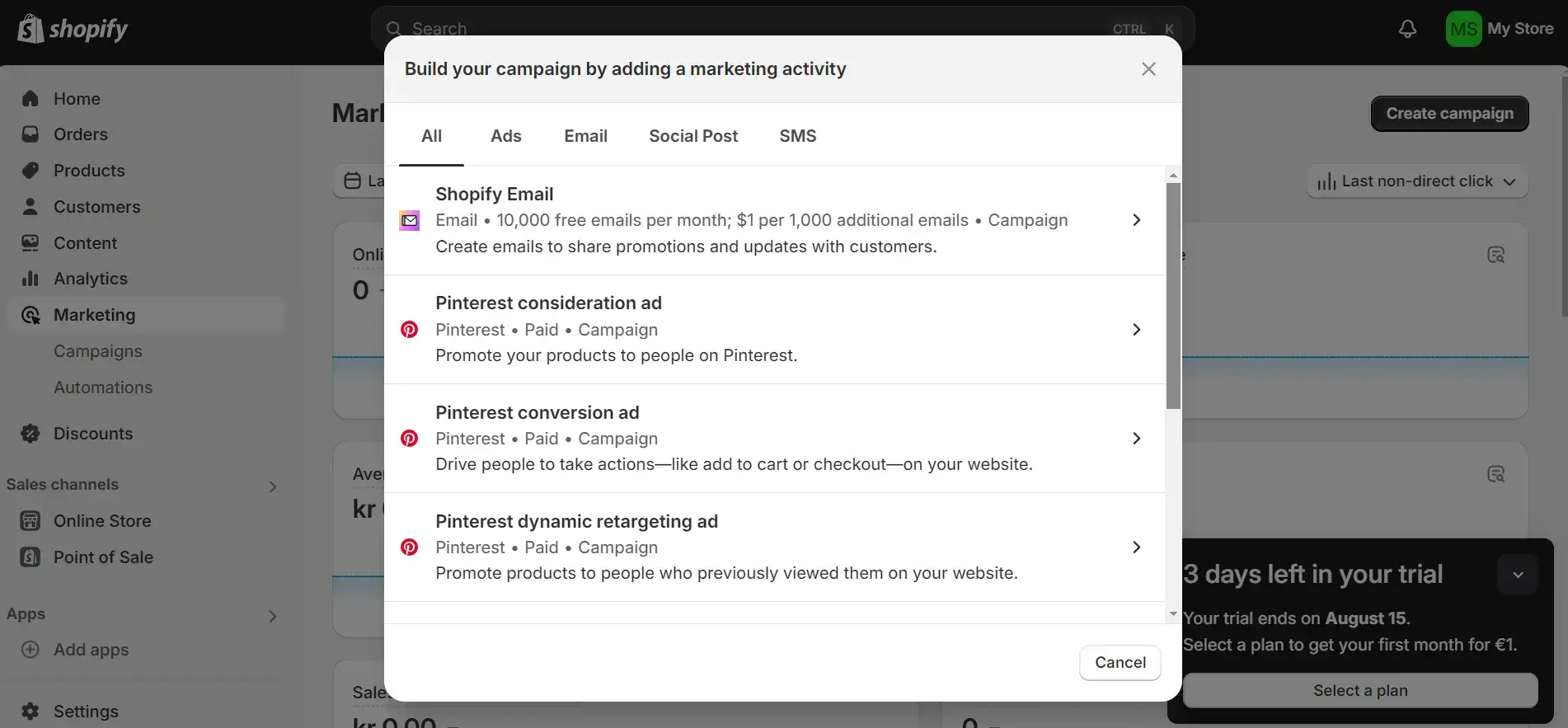
Shopify is a popular e-commerce platform content creators can leverage to sell products online directly to their audience. Key features include inventory management, secure payment processing, and integration with various social media platforms for seamless marketing.
Shopify also provides analytics tools to track sales and customer behavior, helping creators make data-driven decisions. Additionally, it supports dropshipping, allowing creators to sell merchandise without holding inventory.
Pros
- Can be used for selling physical products besides using it to sell online courses.
- It comes with a wide range of themes and templates available to match a creator’s brand identity.
- Shopify handles everything from inventory management to payment processing, simplifying the selling process.
- You can easily connect it to other social media platforms you’re already using.
Cons
- Monthly fees can be high, especially for premium plans. Transaction fees also apply unless using Shopify Payments.
- Advanced customization often requires coding skills or upgrading to more expensive plans.
- Shopify is primarily an e-commerce platform, so it may not be ideal for creators who also need robust blogging or content management capabilities.
- Moving away from Shopify can be challenging once a store is established, as it may not be easy to transfer all data and settings to another platform.
Pricing
Shopify has a free trial after which you pay $1/month for the first month. There’s also a short 3-day trial that lets you test out plans like:
*Pricing information retrieved from Shopify in August 2024.
💁 LearnWorlds is the perfect Shopify alternative for course creators.
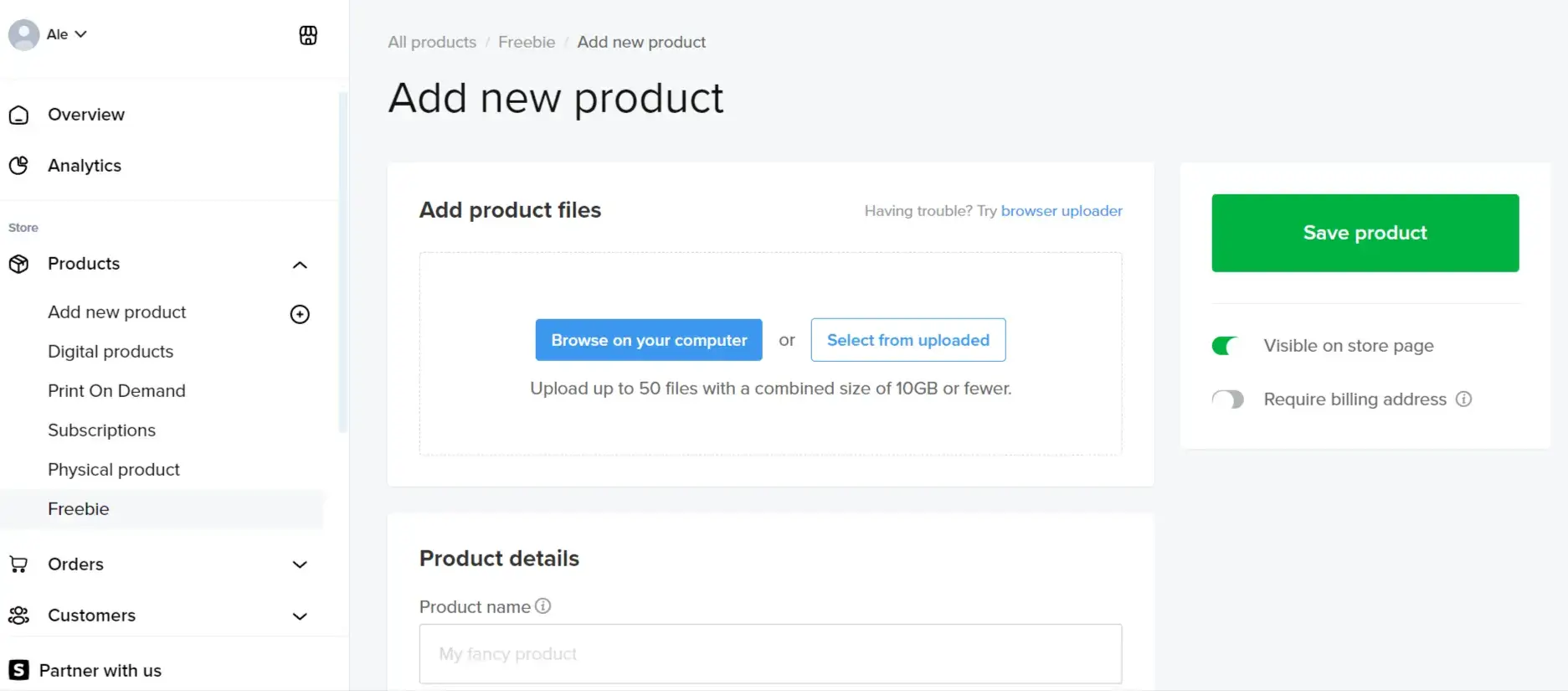
Sellfy enables content creators and businesses to set up an online store to sell digital products, physical goods, subscriptions, and print-on-demand items. The platform offers a simple and intuitive store builder, secure file hosting for digital products, customizable checkout options, and built-in marketing tools like email marketing and upselling.
Sellfy also connects to platforms such as YouTube, Instagram, and Twitter, making it easier for creators to sell directly to their audience. Additionally, the platform handles payment processing, provides sales analytics, and offers features like pay-what-you-want pricing, which can be particularly useful for creators.
Pros
- There are no transaction fees on higher-tier plans.
- The platform comes with built-in marketing tools (e.g., email marketing, upselling) and options to customize your storefront.
- There’s a solid print-on-demand integration you can leverage.
Cons
- Sellfy has limited design flexibility compared to some competitors, as well as limited blogging capabilities.
- Some advanced features like affiliate marketing and product upselling are only available on higher-tier plans.
- Considerably fewer integrations than some larger e-commerce platforms.
Pricing
Although there’s no free tier, a 14-day trial lets you test out the tool before you choose a plan:
*Pricing information retrieved from Sellfy in August 2024.
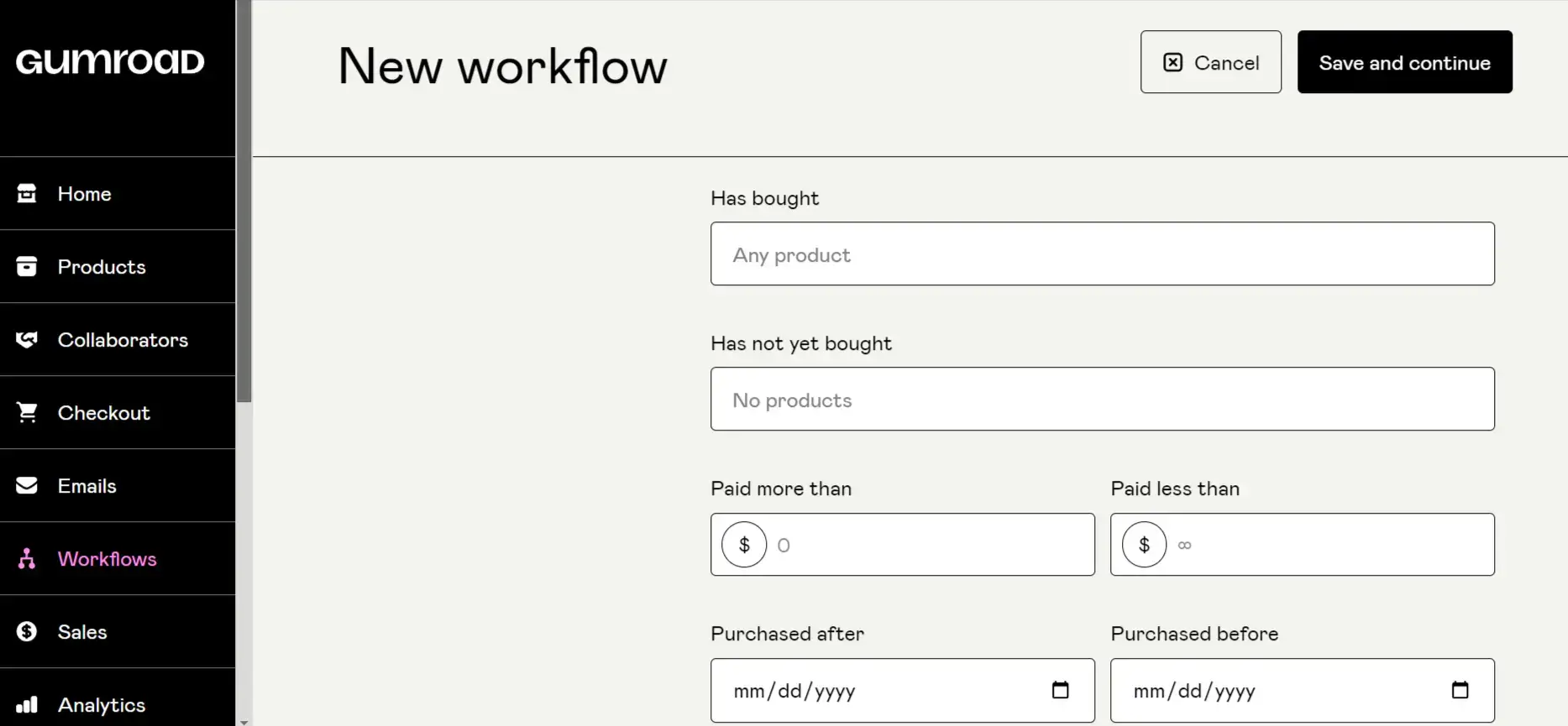
Gumroad is one of the most popular Stan Store competitors and offers several unique features that make it stand out. For example, creators can offer recurring subscriptions or memberships, which is ideal for content creators producing regular content.
Additionally, Gumroad supports pre-orders and rental options, allowing creators to gauge interest in a product before its full release. Ready to build a community? Gumroad facilitates direct connections between creators and their audience, enabling sales directly from websites or social media profiles while maintaining brand identity.
Pros
- Thanks to the pay-as-you-go model, there are no monthly fees, making it accessible even with a limited budget.
- Built-in audience and discovery features help get your products in front of more people than other platforms.
- Strong affiliate program support and customer support services.
Cons
- Despite the flat pricing, the transaction fee is higher compared to other Stan Store competitors.
- Limited design customization for product pages.
- Lacks advanced marketing tools and integration options, requiring the use of additional tools.
Pricing
Gumroad has one of the simplest pricing models on the market: you pay 10% for every transaction. For example, if you make a $100 sale, Gumroad takes $10 off the top.
*Pricing information retrieved from Gumroad in August 2024.
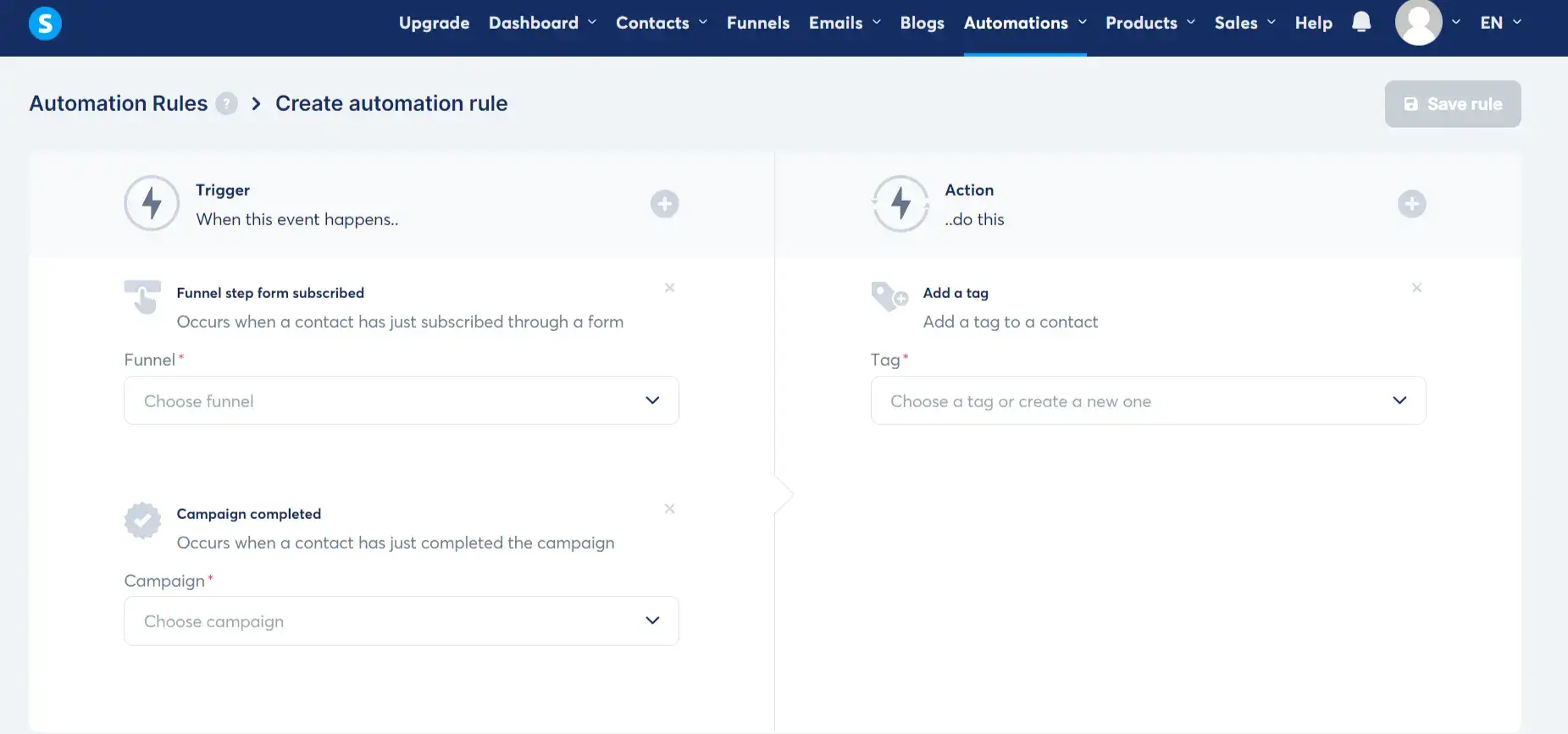
Systeme.io is an all-in-one, AI-assisted digital marketing platform designed for online entrepreneurs, creators, and small businesses. It offers a suite of tools to help users create, market, and sell digital products or services. While I haven’t used this tool with my clients yet, I found its marketing automation features particularly useful for speeding up processes like email sequences, product delivery, and affiliate management.
Pros
- Combines multiple tools (website builder, email marketing, course creation, etc.) in one platform.
- No technical or programming skills needed, with drag-and-drop interfaces and templates for website and funnel building.
- Offers AI-supported marketing automation.
- Built-in payment processing simplifies accepting payments from customers.
Cons
- May not offer as much flexibility as more specialized tools for advanced users.
- Doesn’t integrate with as many third-party tools as some competitors.
- Some plans have restrictions on file storage or the number of contacts.
Pricing
Systeme.io offers a wider range of plan options than its competitors:
*Pricing information retrieved from Systeme.io in August 2024.
Selecting the ideal platform to sell digital products depends on your specific needs, whether you’re looking for specific features (such as a simple link-in-bio or products page creator), a comprehensive all-in-one solution, or something more specialized.
The market offers a wide range of options, including standalone platforms like Gumroad, all-in-one platforms like LearnWorlds, and even complex solutions like Shopify.
LearnWorlds remains our standout choice for creating, marketing, and selling digital products—all in one scalable platform. With its impressive feature set and customizable platform, LearnWorlds empowers you to create exceptional learning experiences, sell courses effectively, and build a strong online presence for your brand.
Ready to see LearnWorlds in action? Start your 30-day free trial today!
Further reading you might find interesting:

Alexandra Cote
Alexandra Cote is a SaaS growth marketer and online instructor who's worked with dozens of brands in the MarTech, HR tech, and productivity space. She's also a strong supporter of staying happy at work and choosing a healthy career path.

